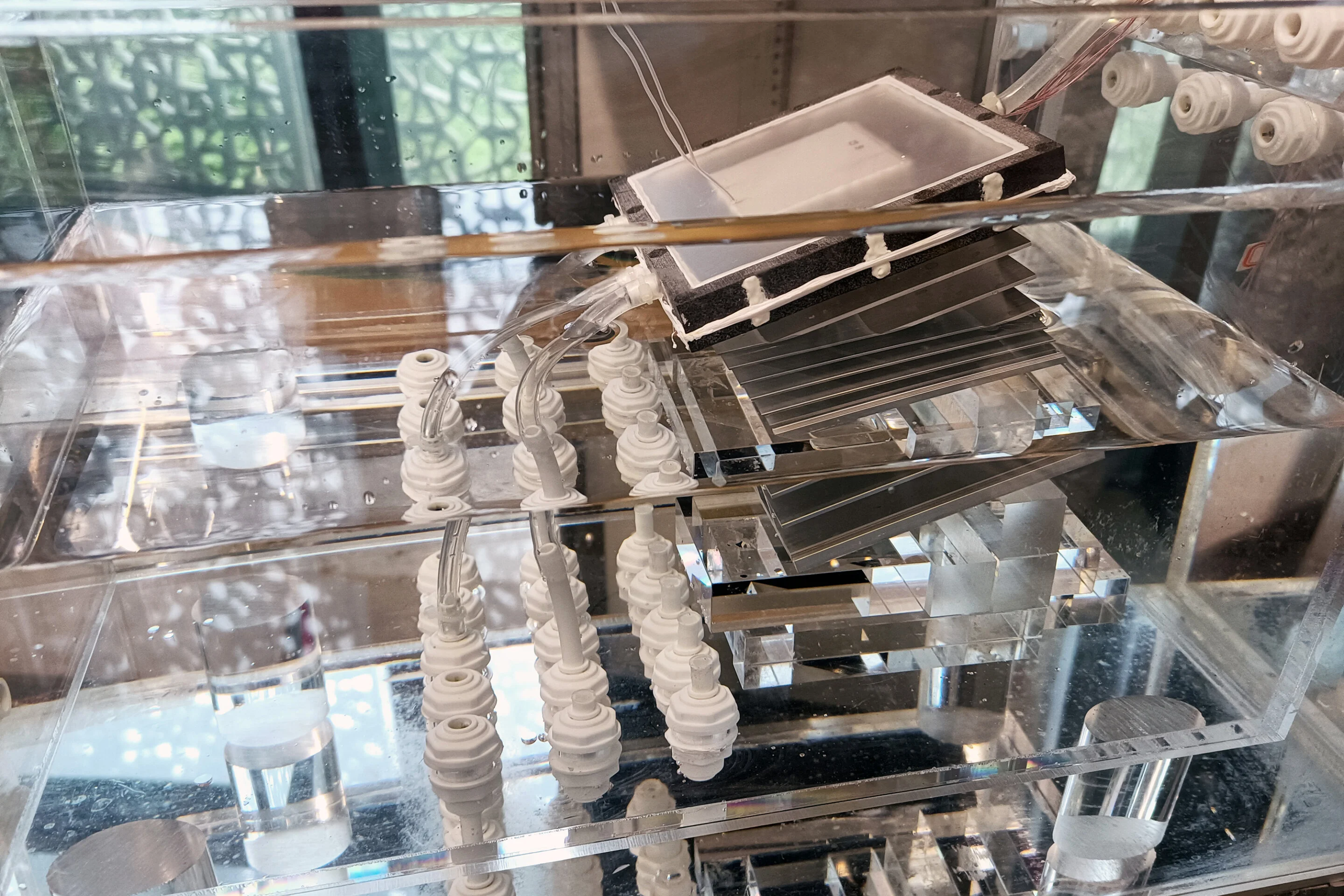Researchers of the MIT developed a new solar powered passive water desalination system. They claim the system is low in maintenance and could produce water thst is cheaper than tap water.
This could be big for certain desert states and communities, who struggle with access to fresh water.
Isn’t the biggest problem of desalination where and how to get rid of the brine safely, rather than the desalination itself?
No, that is a problem but not the biggest. The biggest is energy cost. And in reality brine is just watered down salt, just dry it some more and you have something more to sell
The trick is more that brine corrodes and clogs leading to high maintenance costs. But if needed it’s solveable.
The description seems simple enough. Black metal plate to heat the water then a condensation plate to cool the waterand a few collector tubes. Could one make this at home?
That design, which the team tested on the roof of an MIT building, efficiently converted the sun’s energy to evaporate water, which was then condensed into drinkable water. But the salt that was left over quickly accumulated as crystals that clogged the system after a few days. In a real-world setting, a user would have to place stages on a frequent basis, which would significantly increase the system’s overall cost.
In a follow-up effort, they devised a solution with a similar layered configuration, this time with an added feature that helped to circulate the incoming water as well as any leftover salt. While this design prevented salt from settling and accumulating on the device, it desalinated water at a relatively low rate.
In the latest iteration, the team believes it has landed on a design that achieves both a high water-production rate, and high salt rejection, meaning that the system can quickly and reliably produce drinking water for an extended period.
The key to their new design is a combination of their two previous concepts: a multistage system of evaporators and condensers, that is also configured to boost the circulation of water—and salt—within each stage.
It seems a considerable amount of research and testing went into controlling the eddies such that they auto-cleanse the system from salt.
That doesn’t necessarily mean the end result is too complicated to make at home, but maybe.
Either way, if promises hold true, this could mean passive, very cheap, decentral, efficient, low-maintenance desalination devices. Huge if true.



